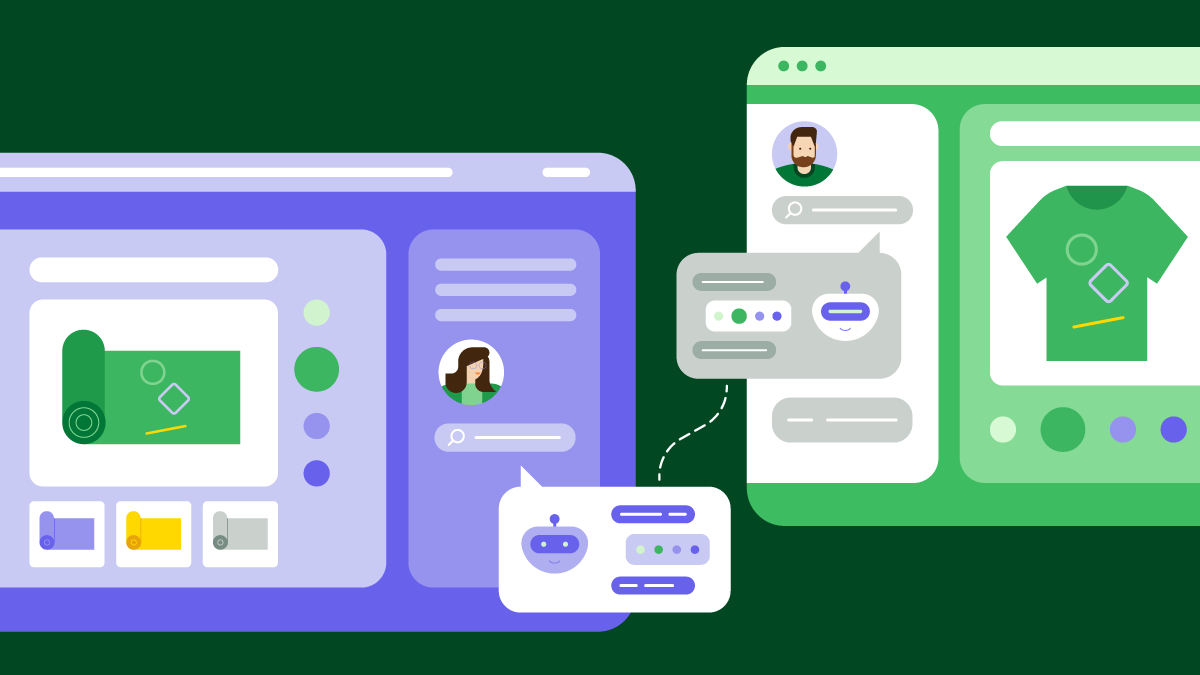B2B e-commerce is evolving fast, fueled by digital transformation and new customer behaviors.
Competing amid all the change takes more than just keeping up – you need to get ahead.
This article explores eight key predictions shaping the future of B2B e-commerce, backed by expert research and insights. You’ll also learn practical ways to boost sales and earn long-term customer loyalty as the landscape shifts.
1. B2B marketplaces will gain on traditional channels
B2B marketplaces will reshape how businesses find and buy products from each other. They could eventually overtake conventional sales channels like direct websites and product catalogs.
The marketplace model involves B2B sales organizations allowing third parties like Amazon Business and Alibaba to sell directly on their digital platforms. The third party becomes the merchant of record (MoR), handling payments and legal duties. The B2B brand takes a share of the sales value as commission.
The streamlined procurement process means less paperwork and faster B2B transactions. Buyers can also evaluate and compare vendors side by side, so it’s easier to find the best fit.
In a BCG survey, marketplaces outperformed traditional e-commerce platforms for eight out of 10 buyers’ most important needs, including product availability, selection and customer service quality.
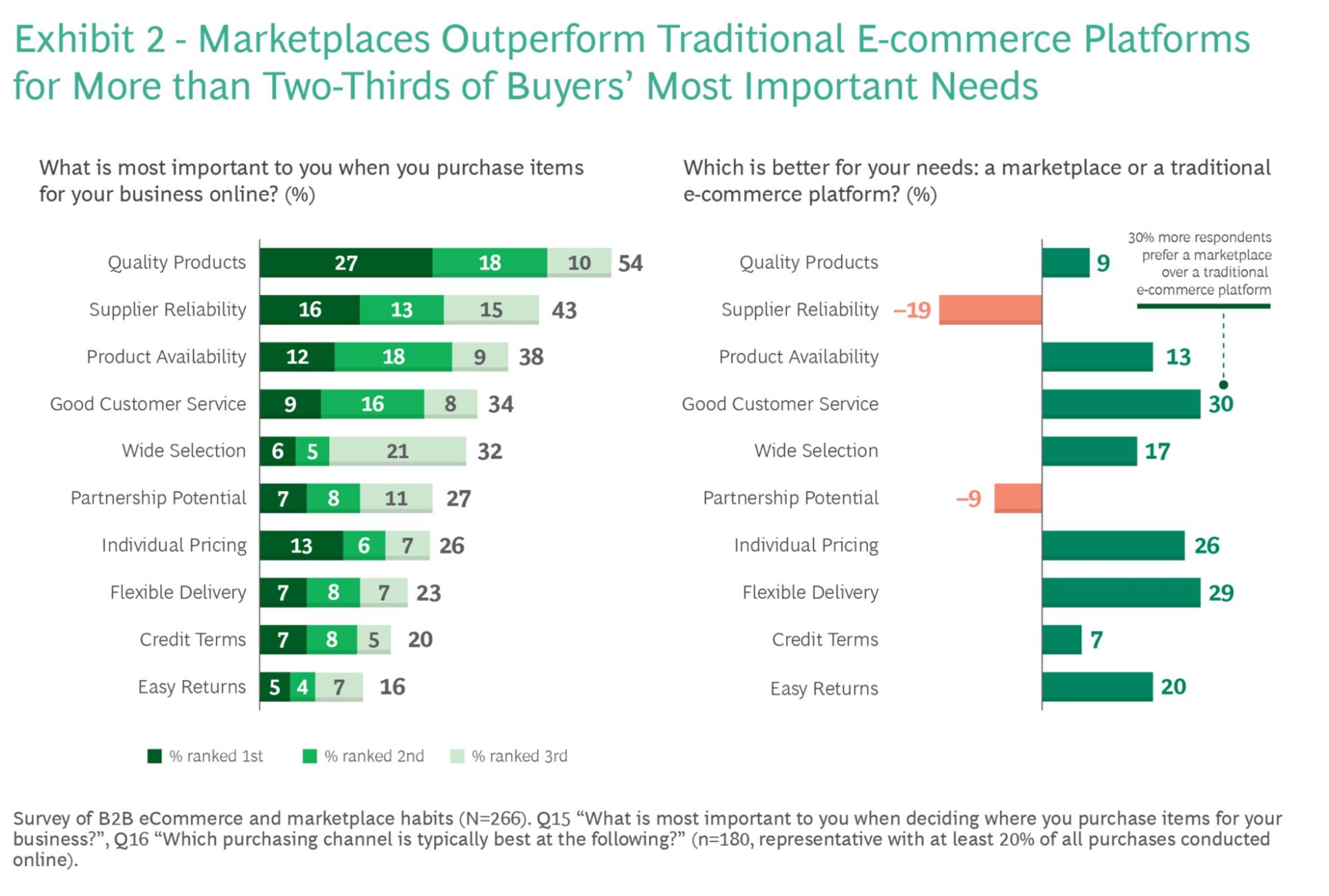
In addition to meeting their audience’s key needs, B2B companies get to sell more without extra logistical effort. Sales negotiation, user experience (UX), fulfillment and returns are all taken care of, meaning more time for sales strategies and marketing initiatives.
What to do about it
Start evaluating B2B marketplaces close to your industry and explore listing opportunities.
For example, Amazon Business and Alibaba are ideal for selling general products at scale. Knowde (chemicals) and PartsSource (healthcare supplies) cater to specific verticals.
When building your shortlist, check where your competitors are active and consider traffic volume, fee structures and buyer demographics.
2. Self-service buying experiences will become the norm
B2B buyers are becoming more independent, taking greater control of their purchasing journeys. They expect consumer-grade convenience throughout – including fast, easy access to product details, pricing and ordering.
However, self-service isn’t all about information. Customer experience is just as vital.
Free trials and product sales demos increasingly influence buyers’ decisions. Of the five most-used resources in 2024, the only one to increase year over year was “own prior experience”. Trials remained the most influential.
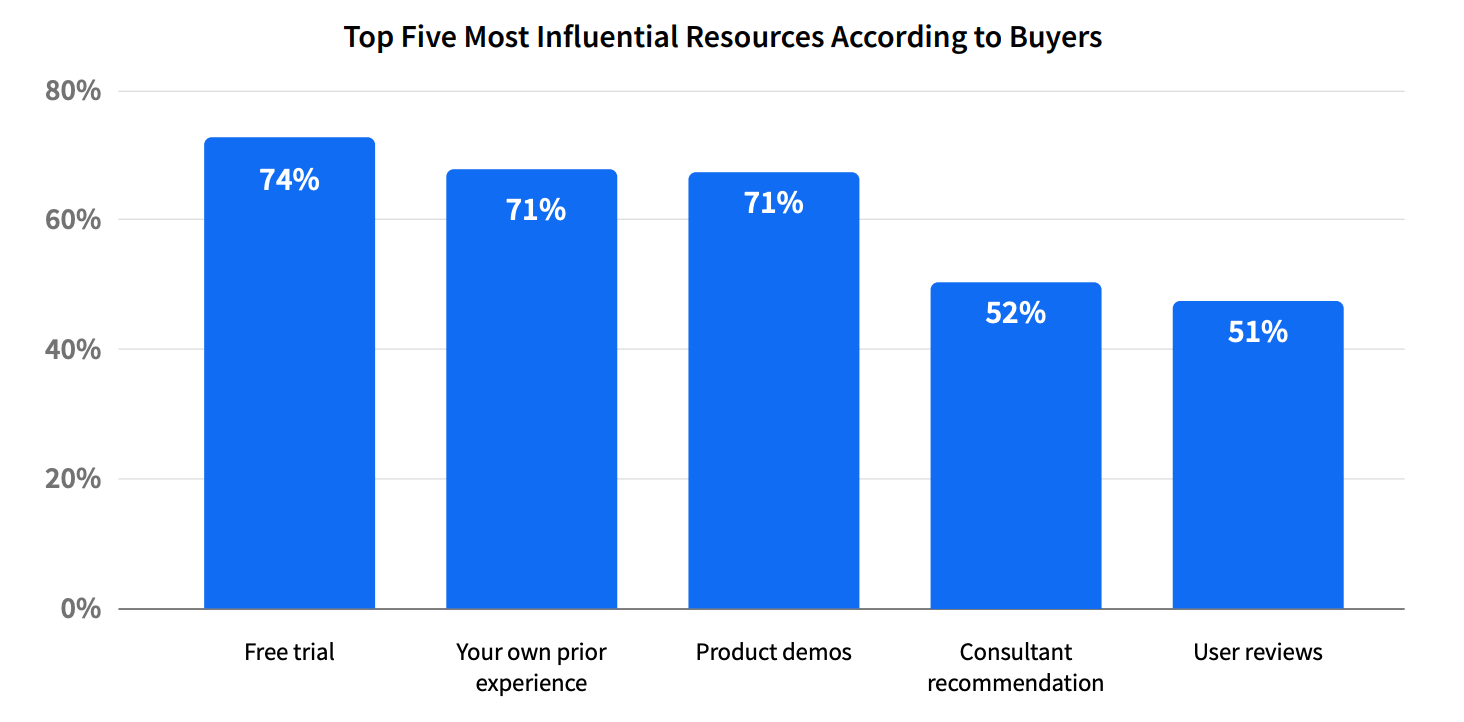
In other words, a growing proportion of your audience must try before they trust.
Trials and demos are already common in software-as-a-service (SaaS) circles. Forward-thinking brands in many other fields are getting products into sales prospects’ hands.
For example, the office furniture company The Standing Desk offers 30-day trial packages to US customers.

You’ll find risk-free trials on everything from coffee beans and machines to commercial cleaning services. These companies simply lower their entry barrier to build confidence early in the customer journey.
What to do about it
Make it easy for buyers to get hands-on experiences with your product or service.
Start by offering free trials or demos. If that’s not feasible, create interactive product tours or video walkthroughs tailored to different industries and use cases.
Support your self-service experience with intuitive product pages, transparent pricing and contextual help (like tooltips or chatbot guidance).
3. Personalized, omnichannel customer experiences will set the standard
Sales personalization has long been standard in B2C e-commerce. Now it’s becoming essential in B2B too, changing how companies deliver information and price products.
Adobe found that 57% of B2B companies offer customer-specific pricing in their digital channels, acknowledging each client’s unique needs. For example, the industrial supplies firm Grainger shows logged-in users personalized pricing based on account history and contract terms.
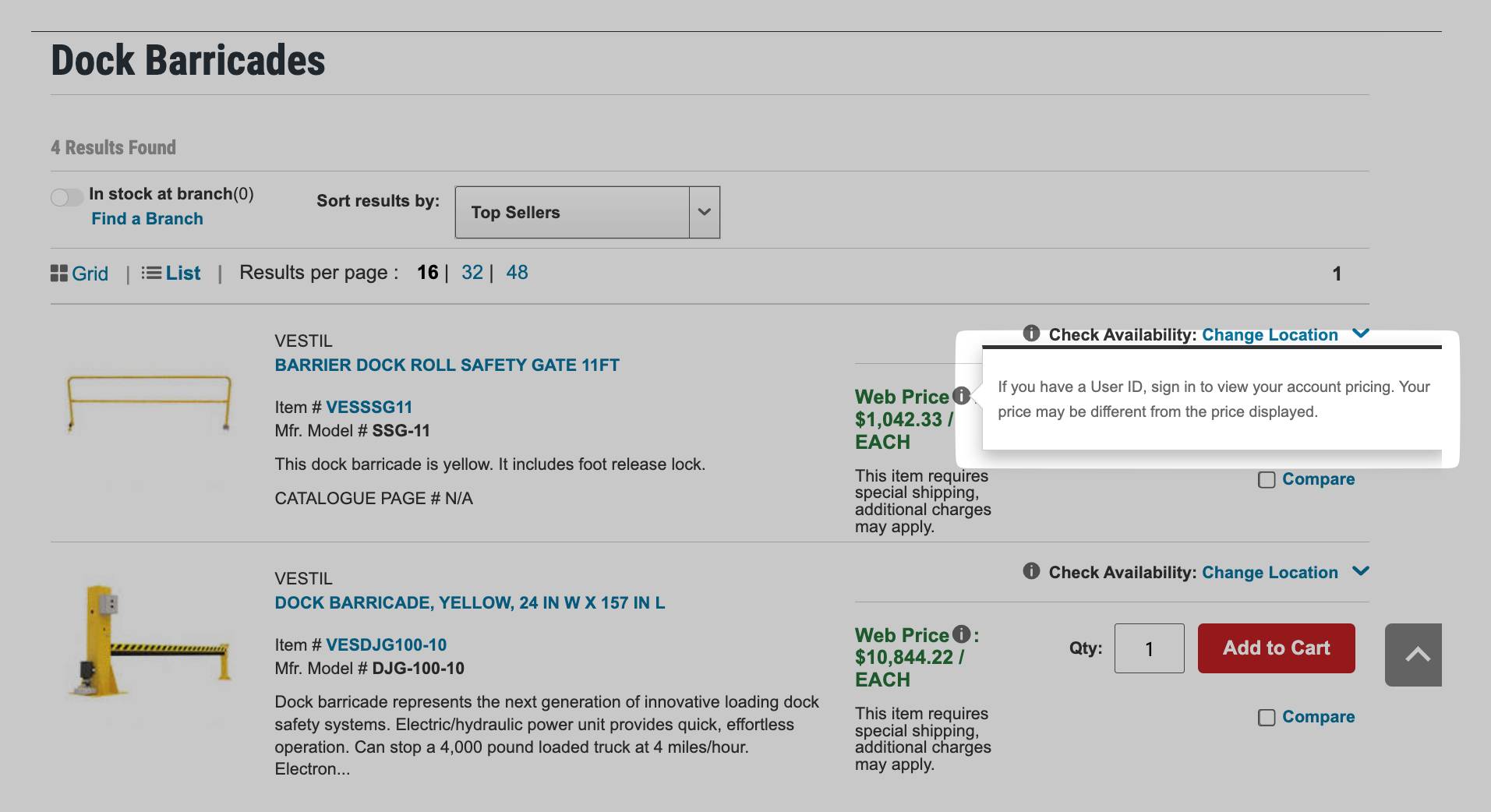
Personalized pricing helps to streamline procurement because buyers see the price they’ll pay in real time. They don’t need to inquire or wait.
Like consumers, B2B buyers expect seamless, consistent experiences across channels. Email, e-commerce sites, sales conversations and support interactions must all be customer-centric, with accurate personal information and data-driven product recommendations.
This kind of bespoke, joined-up approach pays dividends. In a Deloitte study, leading B2B brands estimated that customers spend, on average, 62% more when buying experiences are consistently positive.
What to do about it
Use your customer relationship management (CRM) system to segment B2B customers and tailor messaging to their needs.
For example, if hands-on help boosts sales engagement and conversions for one group, increase your focus on demo-driven emails or tools like product selectors.
If another segment prefers reading and research, share relevant use cases or links to industry-specific landing pages.
4. AI and machine learning will drive smarter selling, not just marketing
Artificial intelligence (AI) is no longer just a tool for B2B marketing teams. It’s becoming crucial for e-commerce sales organizations, too.
Pipedrive’s 2024 State of AI in Business report found that AI supports increased conversions and better cross-sell opportunities across the entire sales cycle.
Right now, the most common use cases are performing actions based on prompts, analyzing sales and performance data and assisting with prospecting and lead management – all are in the workflows of around half of the AI adopters Pipedrive spoke to.
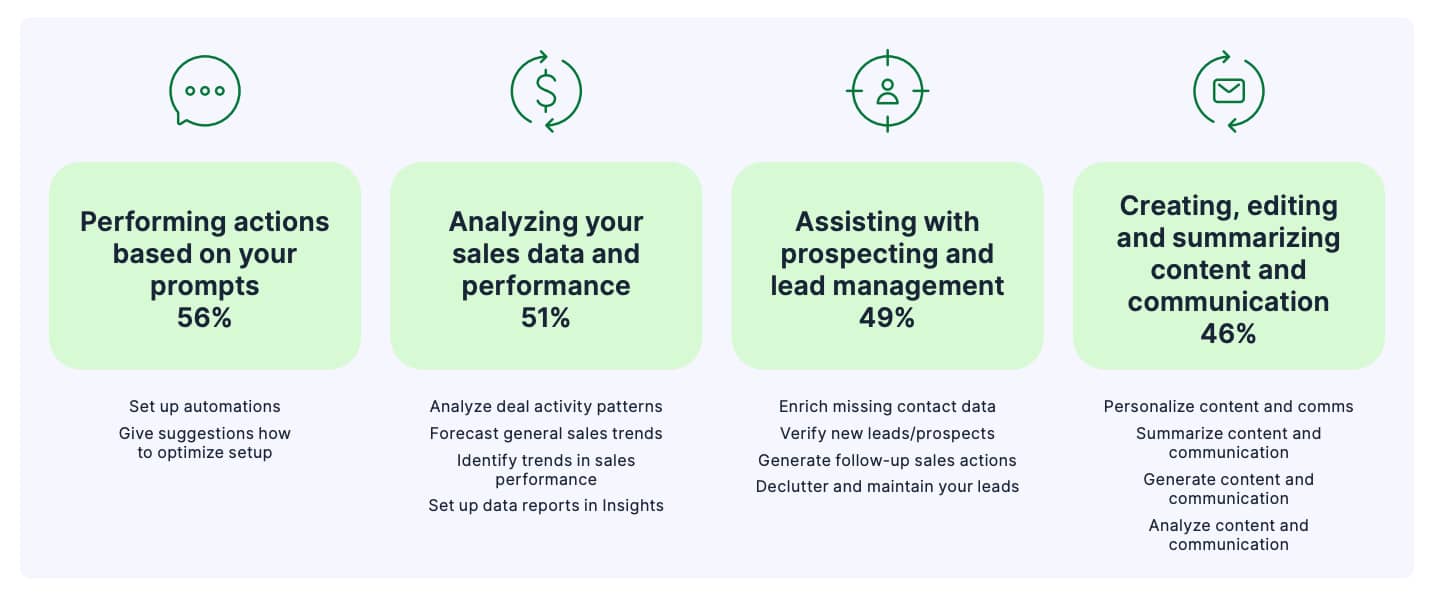
To get more specific, Pipedrive users are leaning on AI to:
Set up workflow automations
Forecast sales trends
Set up sales reports
Enrich missing contact data
Generate lead follow-up actions
Declutter lead data
Ultimately, these applications help sales teams focus their energy on meaningful interactions that win buyers’ trust, instead of repetitive admin like sending sales invoices.
For example, a sales rep could use Pipedrive’s AI to enrich a lead’s profile with a missing job title or company info, then get a nudge to follow up based on email engagement. Such smart suggestions make it easy to act fast without combing data or second-guessing priorities.
AI’s efficiency gains feed into our last B2B e-commerce trend of personalization. Reps will be more available to work closely on complex deals, giving high-potential leads the attention they need.
Note: As revealed in Pipedrive’s 2024 State of AI in Sales report, 35% of current AI users and 37% of prospective AI users are concerned with optimizing time and resources. Clearly, they recognize the value of an efficient sales process.
What to do about it
Identify repetitive sales tasks you can automate with AI and other sales tools.
Follow-ups, data enrichment and lead scoring are great starting points. Pipedrive can quickly help with all three.
For example, its AI-powered Sales Assistant flags when leads go cold or engage with your outreach. Meanwhile, the Pulse sales prospecting software uses enrichment data to help you prioritize accounts with the highest conversion potential.
Enterprise resource planning (ERP) software is also valuable for managing inventory, invoicing and order processing.
Then, work closely with reps to ensure these tools streamline their work. New technologies should support – not replace – the human touch needed to close complex B2B deals.
Crush your manual admin with this sales automation guide
5. AI models will shape how buyers find and evaluate vendors
AI won’t just change how B2B sellers operate, it’ll transform how buyers discover and shortlist vendors.
As generative tools become more embedded in everyday workflows, buyers will increasingly rely on what they surface during AI research (much like how they use search engines now).
We’re not all the way there yet. TrustRadius found that only 21% of B2B tech buyers currently use generative AI (or gen AI) during the buying process, and 9% say the tools aren’t helpful yet.
However, this customer behavior will change rapidly as gen AI keeps advancing. For time-constrained buyers evaluating new software categories, AI’s insights will make unfamiliar topics digestible and buying decisions faster.
For example, when we ask Gemini to recommend a simple, easy-to-use sales CRM, it gives us the following information about Pipedrive:
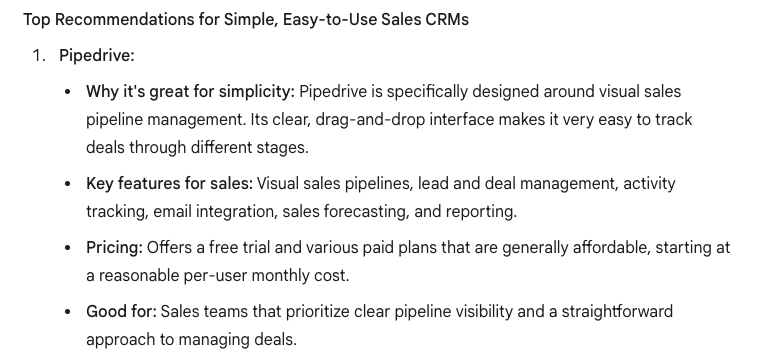
Below it, Gemini profiles and compares other helpful products. It’s a quick and simple way to build a product shortlist and speed up decision-making.
You could even ask the app to reorder products based on a specific factor (e.g., price or social media connectivity), which you couldn’t do with standard search results.
As more buyers turn to generative AI for research, your product information’s visibility across public channels will matter more than ever. This information is where tools like the ChatGPT platform, Gemini and others source their “intelligence”.
What to do about it
Strengthen your brand presence by publishing comprehensive product guides, FAQs and other helpful content online.
Strong, publicly accessible content helps train AI models to represent your company accurately during AI-assisted research. What’s more, TrustRadius found that 90% of buyers click through to sources featured in AI overviews.
6. Sales teams will shift from order takers to strategic advisors
With more and more B2B sales interactions moving to digital channels, traditional sales roles focused on taking orders and providing basic information are becoming less valuable.
Gartner anticipates that 80% of B2B sales interactions will happen in digital channels in 2025, with younger buyers leading the transition. It found that 44% of millennials prefer rep-free buying experiences, compared with 33% across all age groups.
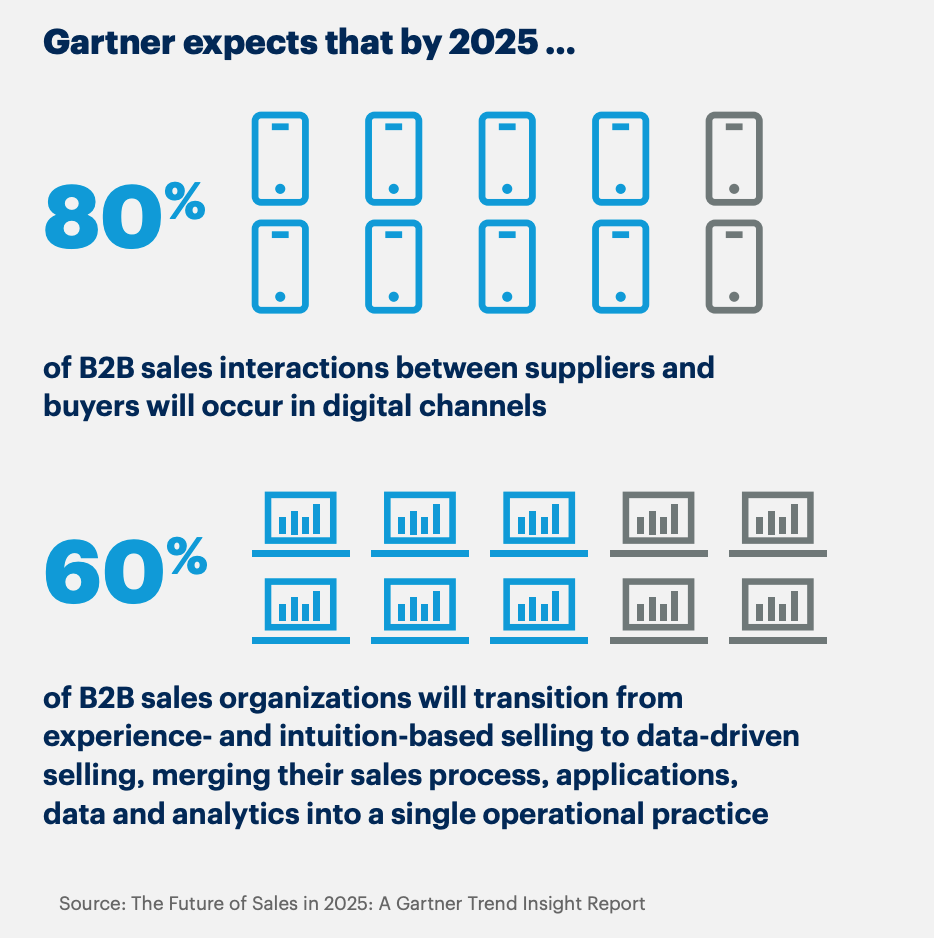
As buyers do so much research online, reps can’t afford to simply repeat what their websites say. They must evolve into supportive partners who add another layer of value to the purchase journey, giving experience-based strategic advice.
Gartner’s researchers explained:
Instilling that confidence means positioning sellers as consultants rather than information sources. Customer-facing teams must help buyers make sense of everything they learn on their own, wherever they learn it.
What to do about it
Upskill your sales team to act as trusted advisors. Help them back up public information with real success stories, metrics and insights from customer journeys.
Equip reps with sales enablement tools, including:
Relevant case studies
Battlecards answering common objections
Base all of these assets on customer data from your CRM.
7. ‘Headless’ e-commerce strategies will gain ground
B2B companies are shifting away from rigid digital commerce platforms toward headless setups that offer greater speed, flexibility and personalization.
Headless architecture is a composable way of building a website or app where the front end (what users see) is separate from the back end (where the data lives).
Linking the two using application programming interfaces (APIs) lets you change the design aspects and functionality customers see without reconfiguring the whole system. That means less work and fewer mistakes.
Adobe reports that 36% of B2B companies either already use a headless commerce solution or are in the process of implementing one. A further 29% are evaluating headless systems.
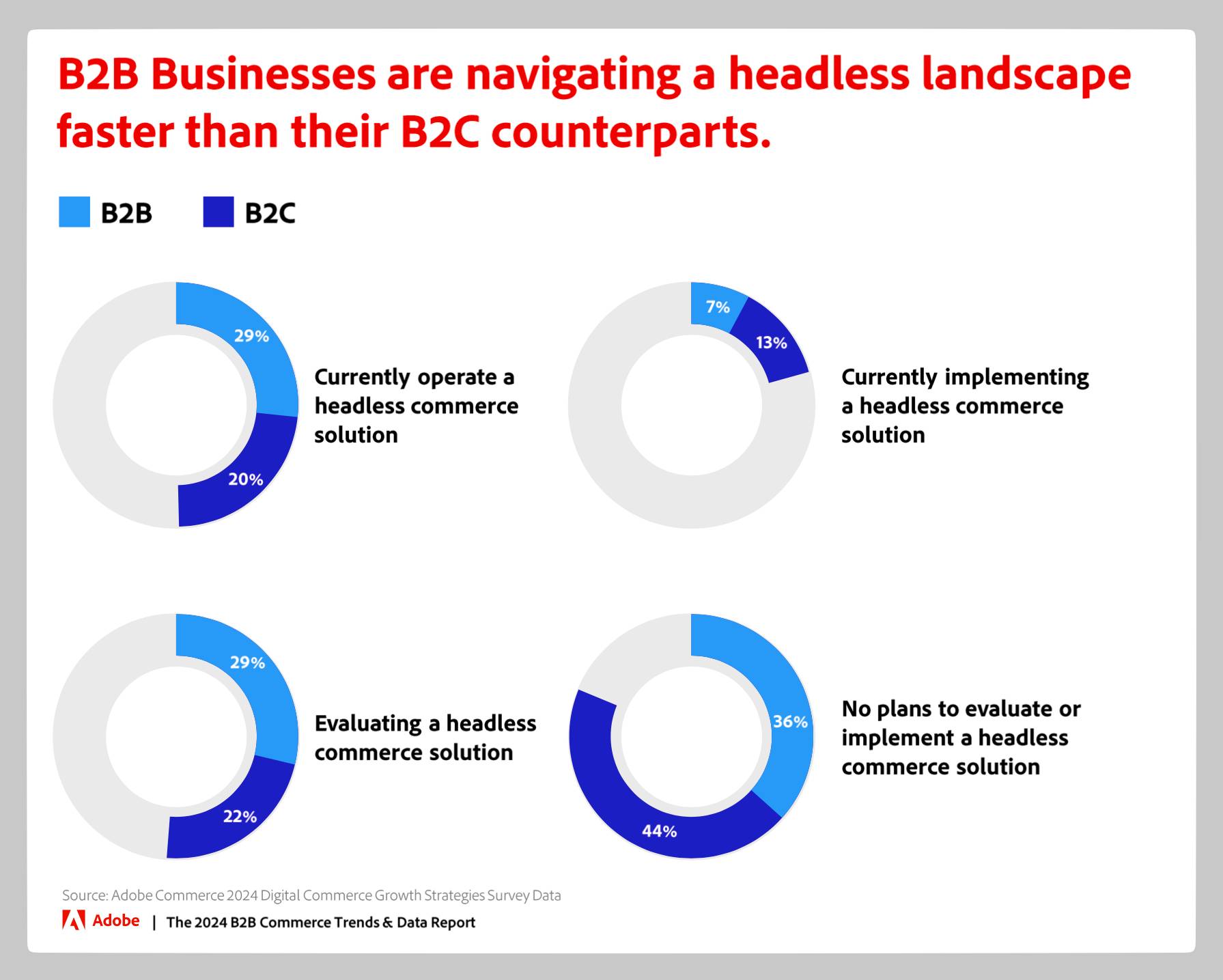
Popular commerce platforms for headless architecture include Shopify, BigCommerce and Adobe Commerce (formerly Magento).
Some platforms can share data with your CRM for smoother B2B sales workflows. For example, the Pipedrive-Shopify integration lets you manage sales, product catalogs and contact data in a single location.
What to do about it
Talk to your dev team about whether headless architecture could aid your site speed, design flexibility or integration capabilities. They’ll know if it’s the right fit for your B2B business.
If you have other stakeholders to persuade, discuss how integrating front- and back-office systems through APIs could make order management smoother (i.e., more profitable).
For example, linking e-commerce to back-office systems means an online order automatically triggers warehouse fulfillment, speeding up buyer journeys.
8. Security posture will influence more B2B buying decisions
Online security is becoming a key part of the purchase journey, especially in tech.
According to a 2024 G2 survey, 97% of software buyers involved a security stakeholder in procurement, and 81% evaluated a vendor’s breach history before making a decision.
The heightened focus on security reflects the growing risks and fears around data breaches. These aren’t just the IT team’s concerns anymore; they’re business-critical.
ConnectWise reports that 78% of SMBs are worried a serious attack could put them out of business, yet 76% say they lack the in-house skills to deal with cybersecurity issues. They want products to keep their data safe.
Transparency around security practices is essential for e-commerce brands. Badges, compliance certifications and third-party security scores will become standard comparison points between vendors.
What to do about it
Promote your security credentials across the customer journey.
Four in five buyers say data security certifications are essential when selecting a provider, so weaving these into early touchpoints will help you win their trust.
Include badges, assessments and ratings in product listings and sales materials to build customers’ confidence and optimize your sales cycle.
Final thoughts
The future of B2B e-commerce will reward brands that offer flexible, buyer-centric and insight-driven experiences.
The traditional boundaries between B2B and B2C experiences continue to blur, with professional buyers up and down the supply chain expecting the same level of convenience they enjoy as consumers.
Adopting the right tools and strategies will put you ahead of the curve as customer expectations evolve. See how Pipedrive can support you on the journey by combining CRM, AI and automation in one simple platform.
